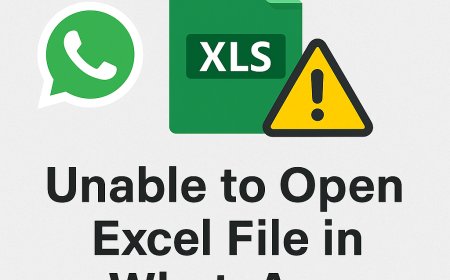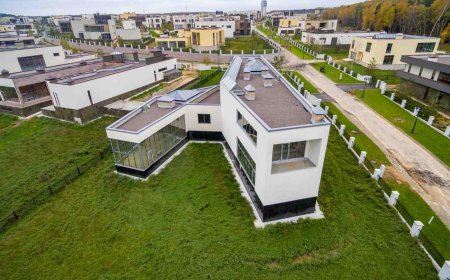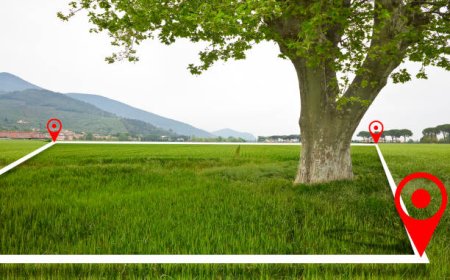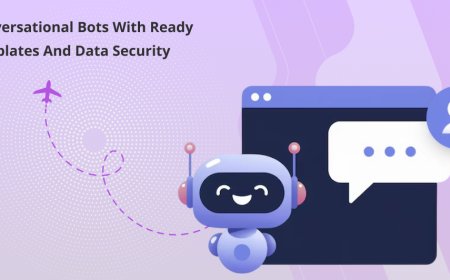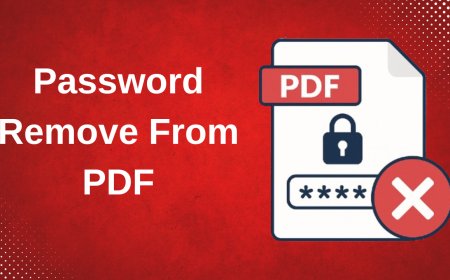How dApps Are Powering the NFT Economy in 2025
Discover how dApps are revolutionizing the NFT economy by powering minting, royalties, marketplaces, and more. Learn why hiring expert dApp and blockchain developers is essential for NFT success.

What if art, gaming, real estate, and fashion could all live on the blockchain? Welcome to the world of dApps and NFTs where digital ownership is decentralized, trustless, and booming like never before.
In the last few years, NFTs (Non-Fungible Tokens) have transformed from niche collectibles into a trillion-dollar digital economy. Whether its digital art selling for millions, virtual land in the metaverse, or exclusive tokenized memberships, NFTs are the epicenter of a new digital frontier. But beneath all the flashy JPEGs and avatar collections lies a robust technological backbone: decentralized applications (dApps).
These blockchain-based applications are transforming the way we create, purchase, sell, and interact with NFTs. From NFT marketplaces to blockchain-powered games, the NFT economy simply wouldnt function without the scalable infrastructure that a dApp development company provides.
Lets explore how dApps are empowering the NFT ecosystem, the innovations underway, and why developers are the actual builders of this digital renaissance.
What Are dApps?
Decentralized applications (dApps) are software applications that run on peer-to-peer blockchain networks rather than centralized servers. Unlike traditional apps controlled by a single entity, dApps leverage smart contracts to execute code autonomously, enabling transparency, security, and decentralization.
Some key traits of dApps include:
-
Open-source code
-
Decentralized storage and governance
-
Token-based incentives
-
Immutable transactions
These features make dApps perfect for supporting NFTs, where ownership, provenance, and uniqueness are critical.
The Rise of NFTs: A Digital Gold Rush
NFTs represent ownership of a unique digital or physical asset recorded on a blockchain. These tokens are typically minted on Ethereum, Solana, Polygon, or newer chains like Sui and Aptos.
NFTs are disrupting multiple industries:
-
Art & Music: Artists like Beeple and musicians like Kings of Leon are using NFTs to sell directly to fans.
-
Gaming: Games like Axie Infinity and Illuvium offer play-to-earn models using NFT assets.
-
Metaverse: Platforms like Decentraland and The Sandbox tokenize virtual real estate as NFTs.
-
Fashion & Retail: Gucci and Nike are experimenting with NFT-based fashion drops.
But what enables this diversity? dApps. Each NFT transaction, listing, auction, and transfer is processed through smart contracts embedded within decentralised applications (dApps).
How dApps Enable the NFT Ecosystem
Lets break down the core components of how dApps are integral to powering the NFT economy:
1. Minting and Tokenization
dApps allow users to mint NFTs via smart contracts. This involves:
-
Uploading metadata (image, name, description)
-
Generating a unique token ID
-
Assigning ownership to a wallet
Without dApps, this process would require intermediaries or centralized platforms, undermining the decentralized promise of NFTs.
2. NFT Marketplaces
OpenSea, Blur, Rarible, and LooksRare are decentralised applications (dApps) in disguise. They facilitate:
-
NFT listings and sales
-
Bidding and auctions
-
Royalties through smart contracts
-
On-chain verification of assets
These marketplaces rely on decentralized logic to handle thousands of transactions daily.
3. Royalty Distribution
Smart contracts embedded in dApps ensure creators automatically receive royalties for secondary sales a breakthrough for digital ownership. No more relying on record labels or galleries.
4. Interoperability Across Chains
dApps allow NFTs to bridge across ecosystems. For instance:
-
Ethereum NFTs can be displayed in Polygon games
-
Solana-based NFTs can interact with Web3 wallets.
This interoperability is crucial for a seamless user experience.
5. Security and Ownership
With dApps, NFTs are governed by transparent code. This reduces fraud and ensures asset control remains with the rightful owner not a centralized server or admin.
Why dApp Architecture Is Key to NFT Scaling
NFTs often face issues with scalability and high gas fees, especially on chains like Ethereum. dApps play a major role in solving this via:
-
Layer 2 integrations (Arbitrum, Optimism)
-
Sidechains (Polygon, BNB Chain)
-
Off-chain storage (IPFS, Arweave)
-
Batch minting and lazy minting
A well-architected dApp enables the efficient creation and trading of thousands (or millions) of NFTs.
This is why companies looking to enter the NFT space typically partner with a skilled dApp development company that understands the intricacies of smart contract logic, NFT standards (such as ERC-721 and ERC-1155), and blockchain scalability.
Real-World Examples of dApps Powering NFTs
Lets look at some leading examples that show how dApps are innovating the NFT space:
? Axie Infinity
A blockchain-based game where NFTs represent characters and assets. Its entire economy from battles to breeding is governed by smart contracts.
OpenSea
The largest NFT marketplace, a dApp UI interacting with Ethereum smart contracts. Users connect wallets and perform peer-to-peer trades.
Foundation
An invite-only NFT platform that uses dApp protocols to give creators complete control over their work and royalties.
Zora
Zora is a media registry protocol and NFT marketplace built on Ethereum that embraces decentralized infrastructure and modular smart contracts.
These platforms underscore the need to hire dApp developers who can build efficient, secure, and user-friendly Web3 applications.
The Role of Smart Contracts in NFT dApps
Smart contracts are the programmable heart of any dApp. For NFTs, they handle:
-
Minting tokens
-
Verifying ownership
-
Royalty splits
-
Auction mechanics
-
Access controls (for gated content)
If written poorly, smart contracts can be exploited, leading to lost funds or stolen assets. That's why high-quality NFT platforms invest heavily in security audits and talented developers.
Smart contract audits, bug bounties, and decentralized governance are becoming essential features in all top-performing NFT dApps.
Why NFTs and dApps Thrive in a Web3 World
Web3 is all about user ownership, decentralization, and permissionless innovation. NFTs fit naturally into this world, and dApps are the tools that make it all possible.
With wallet-based logins (e.g., MetaMask, WalletConnect), trustless transactions, and DAO integration, NFT-based dApps are pioneering new models of digital interaction.
Whether its issuing soulbound tokens, minting event tickets, or authenticating identity, dApps are laying the groundwork for next-gen use cases.
Why You Should Hire Blockchain Developers for Your NFT dApp
NFT projects are not just about fancy visuals they require deep blockchain expertise. An innovative NFT platform needs:
-
Smart contract development
-
NFT metadata storage solutions
-
Gas optimization techniques
-
Frontend integration with Web3 wallets
-
Tokenomics and marketplace logic
Thats why many startups and enterprises hire blockchain developers who can design robust dApp infrastructure, write secure Solidity code, and connect the front and back end using frameworks like Hardhat, Truffle, or Next.js.
Future Outlook: The Next Evolution of NFT dApps
As the NFT economy matures, we can expect the following trends:
-
AI-integrated NFT dApps for personalized experiences
-
Dynamic NFTs that evolve based on user interaction
-
Cross-chain NFT ecosystems
-
DAO-governed marketplaces
-
Regulated NFT offerings for real estate, stocks, and IP
All of this will be possible only through the innovation and scaling of decentralized applications.
Final Thoughts
The NFT boom is far from over its just entering its next phase. Behind every successful NFT platform lies a powerful dApp that ensures security, trust, and functionality.
Whether you're an artist, entrepreneur, or investor looking to build in this space, its crucial to understand how dApps serve as the infrastructure for NFT utility.
To bring your vision to life, partnering with a reputable dApp development company and hiring dApp developers with real-world Web3 experience can significantly impact the success of your project.
And when youre scaling your infrastructure or building cross-chain platforms, dont hesitate to hire blockchain developers who can turn complex blockchain logic into scalable applications.

















